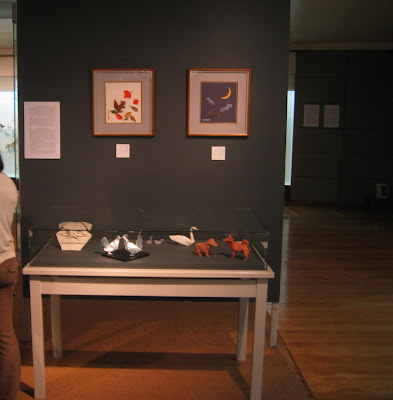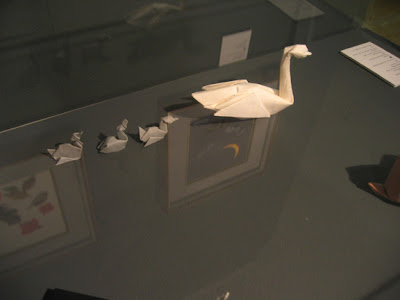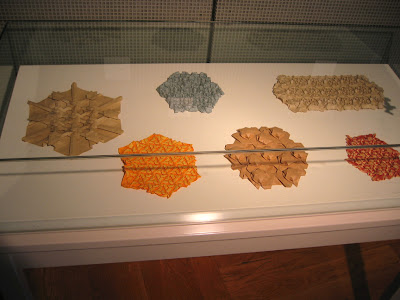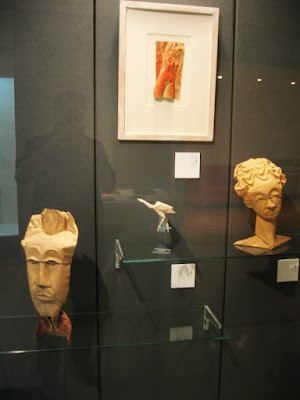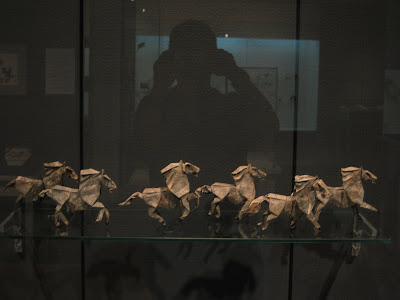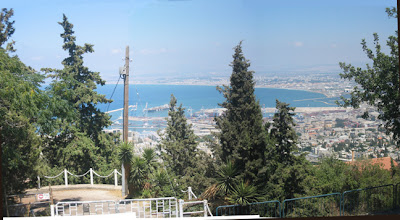[Added 2011. Visitors from theequinest: Roman Diaz sent in these fantastic horses for the Tikotin exhibit, with sequence numbers stuck in each; I arranged them as best I could, chose the name "Wild Horses" for the whole installation, and took the photograph. Diagrams for Roman's Horse are in his book "Origami for Interpreters". I dabble in this theme too, and you might like my Equestrians, other origami horses (scroll to bottom), or these Horse Heads.] Diagrams for my Horse may be found in my book, "Sculptural Origami".]
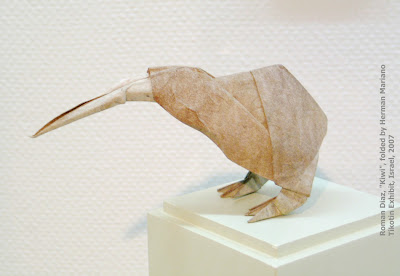
At the very last minute that it was possible before the Tikotin opening, Herman Mariano handed me this fine “Kiwi”, designed by Roman Diaz, that he had finished the night before. --At 81, Mariano shows no signs of slowing down. For this Kiwi he used a coloration technique that is new to him: applying dry pastel to the flat sheet, muffing it around with cotton then spraying on fixatif. (Paul Jackson has already been doing this for several decades: as far as I can tell from looking at his things, Jackson applies one or two pastel colors to a reflattened sheet AFTER precreases have been made so that fold lines will pick up extra color). –Pastel is about the only application that can actually augment the ashy dry paperiness of paper while coloring it, keeping surfaces lively, fragile and translucent: all other color treatments tend to make a sheet seem heavier, shinier or more opaque. More, in fact, like the traditional deadening materials of metal, wood or stone.
An odd, possibly unintended consequence of that treatment here is that the beak of this Kiwi looks a little like bone, more so than keratin (which is in fact denser and shinier than bone). Now, we already know that Diaz has studied the difference between representing animal bones in origami and representing animal flesh: there’s his humorous (why?) "Cow’s Skull", which is unmistakably skeletal rather than fleshy; and in his recent "Wild Horses", something was done to the shape of the heads that makes them look vaguely bonelike, as an animal straining to run slightly does—pushing or pulling against death. Somehow or other this effect has transposed itself onto this innocent Kiwi, half-living, half-already-extinct-fossil, in this interpretation of Diaz by Mariano.



